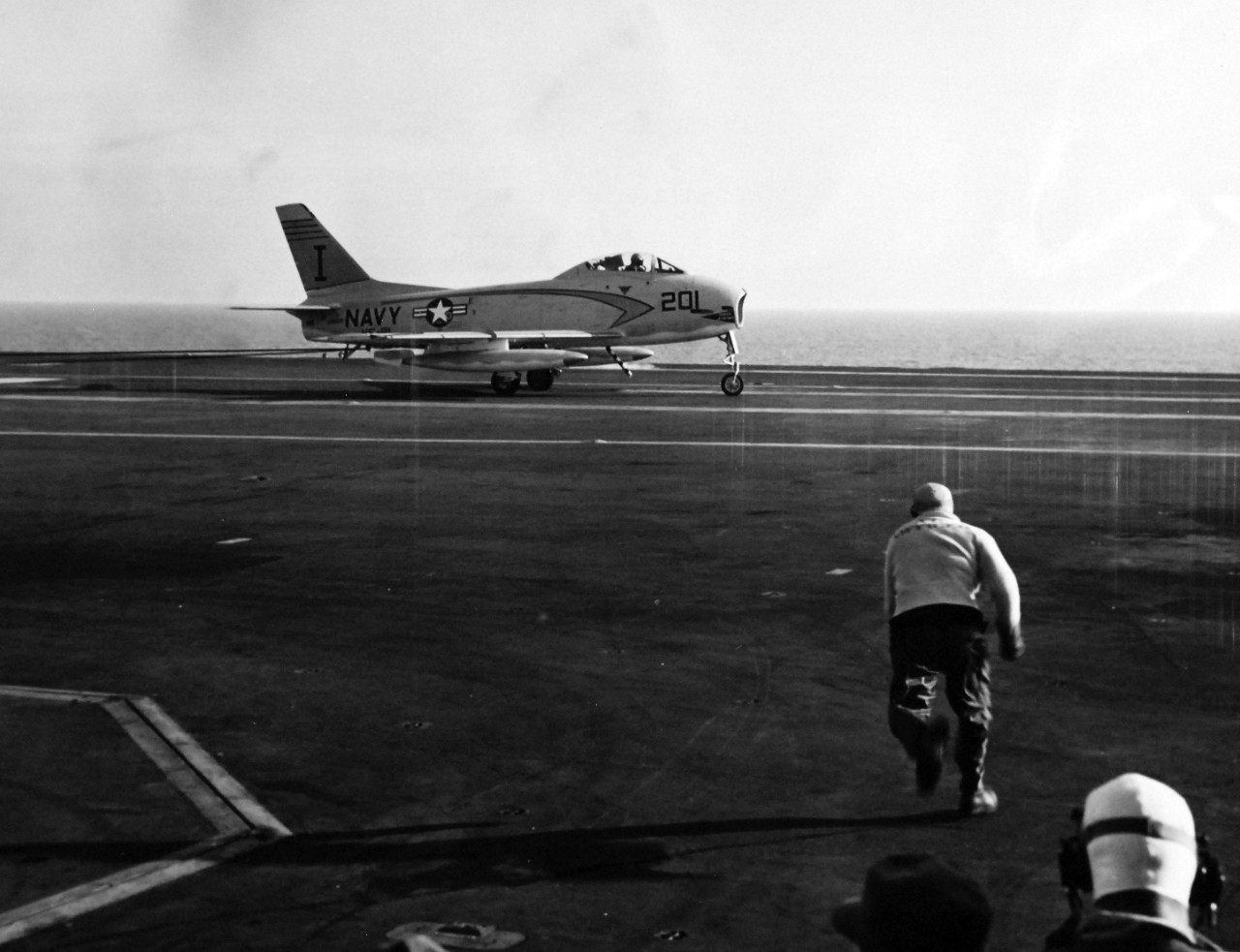330-PS-7642 (USN 684244): USS Forrestal (CVA-59), 1956

Download Image:
Low (PNG, 319x319px, 58KB)
Med (JPEG, 1280x1280px, 179KB)
High (TIFF, 2884x2216px, 3MB)
Low (PNG, 319x319px, 58KB)
Med (JPEG, 1280x1280px, 179KB)
High (TIFF, 2884x2216px, 3MB)
Caption:
Description:
Accession #:
Topic
- Boats-Ships--Aircraft Carriers
Document Type
- Photograph
Wars & Conflicts
- Vietnam Conflict 1962-1975
Navy Communities
File Formats
- Image (gif, jpg, tiff)
Location of Archival Materials
Recipient Name



